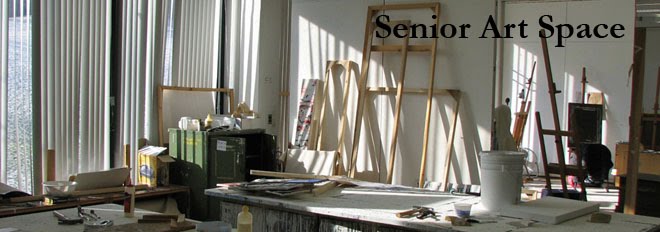I've got many friends doing Art History or Philosophy or Studio Art as their main major. Like all of us, they have to complete their natural sciences requirement too and so they do math, or computer science or biology or what not. What I found interesting was how most of them agreed their grades and overall success in the science classes was so above their grades/success in their own majors. Answer to the riddle?
Science, at least at UR, is a process of rote memorization.
Got a good memory? Do chemistry. Got a mind? Perhaps try something hard... like philosophy.
Or Art.
Feel the pain of thinking.
More and more I witness the complete lack of culture, general knowledge, and above all, lack of thought in our friends at the engineering departments. They do not know how to draw, or how to write a decent paper, or what to say about Obama or Van Gogh beyond the last meme they saw about either. They spit out the New York Times as gospel, whenever they happen to pick it up outside Starbucks.
Of course, I generalize. But so they do. Brilliant people happen to exist on both camps. Although to me, the common denominator is not knowledge of calculus and fluid mechanics. It's got something more to do with Andy Warhol....
On a different account, I got the opportunity to speak with Scott Schultheis, former Sage student. I appreciated his genuine interest in the work I showed him at my studio, and above all, his thought provoking insights. The main things I drew from our conversation are:
1. While the "meaning" of a work really has a life of its own as soon as your releases it from your studio, you still have to write tons of artist statements for every single professional opportunity. What I thought interesting about what he said was that we should I should treat that statement almost as an object or a piece of its own. In other words, be creative. Use it not so much as to unpack the specific meaning or theoretical baggage of your work, but rather, to spark interest. Make it good, but also interesting.
2. Setting is everything. We all know (or rather think we know) this fact but it really should be a central question to ask. Some pieces work in very large spaces, others in dark small rooms, etc. It also made me think of re-contextualization, precisely because of the supreme importance of setting. I noticed while watching the Art 21 video, that all of the artist didn't really come with a pre-packaged show, but used the same ideas and elements and adapt them to each new spatial configuration, to maximize, or complicate their statement.
Overall, I enjoyed our conversation and look forward to look at his exhibition at the Hartnett Gallery.

No comments:
Post a Comment